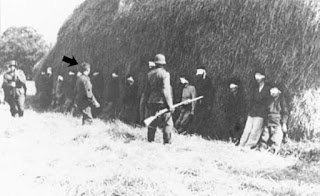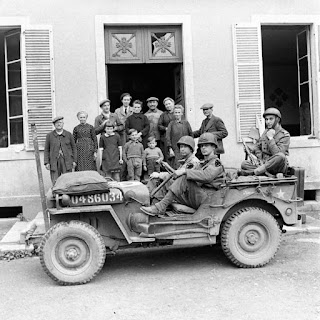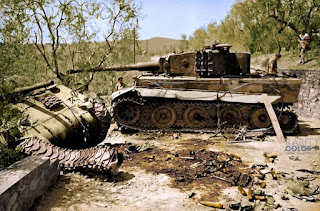Imperial German Air Service pilot, dressed in a leather suit and the classic flying helmet, also wears the "oxygen tube" fastened for high altitudes.
Imperial German Air Service pilot, dressed in a leather suit and the classic flying helmet, also wears the "oxygen tube" fastened for high altitudes.
Germany was one of the first nations involved in World War I to recognize and address the need for aircraft pilots and doubles for supplemental oxygen. The large Zeppelin steerables, because of their ability to fly at higher altitudes, were the first warships equipped with aircrew oxygen systems, which were initially the conventional type of compressed gas, contained in iron storage jars.
Soon, however, heavy storage mattresses were replaced by the first liquid oxygen generation systems. These systems were designed and produced by Draeger Company, a long-time partner with mining respiratory and CPR equipment. Other systems were produced by Ahrend and Heylandt Company. It didn't take long before some German high-flying bombers and fighters were outfitted with these tiny, lightweight liquid oxygen systems.
Oxygen could be breathed from these tiny "personal" liquid oxygen systems by using a mouthpiece that could be held tightly in the pilot’s mouth.
The pipe that provided the oxygen was attached (in German systems) to a large refill bag placed closer to the unit than the "pipe width," so that even though the flow of oxygen was continuous, more gas could be saved and reused in the process that otherwise it would have been wasted.











Comments
Post a Comment